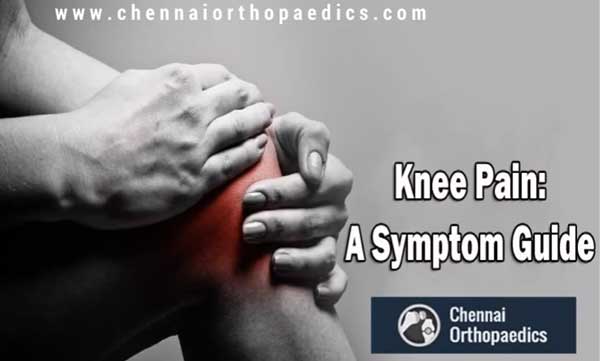Date :25-May-2023
The 19-year-old dance enthusiast Amy (real name changed) found that college provided the ideal platform to display her skills. She participated in every dance competition that came her way and always excelled in them. During one such riveting performance, Amy felt her right ankle twisting and a sharp pain in her ankle. She did not, however, stop dancing. The thrill of the competition and an adrenaline rush ensured that she completed her performance without a hitch.
But as soon as the curtains closed, Amy lost her balance because her right leg would not support her weight. Her friends had to help carry her off the stage. Amy's ankle was swelling up, and they realized that she might have sprained it right away. Amy was unconcerned because she had seen people with sprains in the past and was aware that the R.I.C.E. technique—rest, icing, compression, and elevation—would help her sprained ankle to heal.
With R.I.C.E. therapy, Amy should have fully recovered and resumed dancing in about a week. She tried for three weeks to put weight on her injured leg, but her sprained ankle still showed no signs of improvement. Finally, she decided to consult Dr. Bharani Kumar Dayanandam, the senior orthopaedic surgeon and trauma consultant at Chennai Orthopaedics.
"Ankle sprain is one of the most common injuries in the world, affecting almost everyone. Amy was not wrong in believing that R.I.C.E would heal her injury," says Dr. Bharani Kumar. When an ankle is sprained or twisted, three major ligaments are at risk of being torn or injured. The posterior talofibular ligament (PTFL), anterior talofibular ligament (ATFL), and calcaneofibular ligament (CFL) are among them. These ligaments contribute to the ankle joint's stability and functionality. An ankle sprain is classified into three grades based on the severity of the tear and the number of ligaments involved: grade I (mild), grade II (moderate), and grade III (severe).
Amy, unfortunately, had suffered a grade III ankle sprain. Her inability to bear weight on the affected leg, severe swelling, and discoloration/bruising that extended to her feet and a few inches above her ankle all indicated this. "Grade III sprains, like grade I and grade II ankle sprains, necessitate frequent icing and adequate rest. However, it must also be immobilized for 3-4 weeks with a cast or walking boots to ensure that the ligaments heal completely," explains Dr. Bharani Kumar.
Once twisted or sprained, an ankle tends to become unstable, increasing the risk of further twisting or spraining. The ligaments must receive the proper care, which includes physical therapy and strengthening exercises. According to Dr. Bharani Kumar, this is done to ensure that the ankle completely maintains its structural stability and does not roll or twist in the future.
The initial step is to rule out bone fractures when someone twists their ankle and exhibits sprain-like symptoms. Once this has been confirmed, it is critical to comprehend the extent of the ligament damage and the sprain. In order to make sure no long-term harm occurs, Dr. Bharani Kumar advises anyone who has sprained their ankles to see a doctor.













